2018 Tesla Model 3 Review: First Drive
It all began with the promise of a fully electric sedan called the Model 3 that was to be made available for $35,000
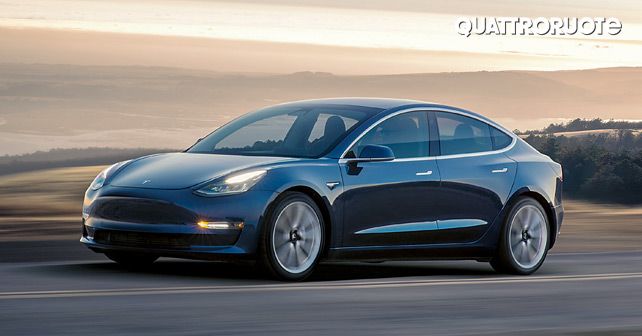
After months of trouble, Elon Musk’s new creation has finally arrived in the States. So, here’s a test drive from California. The car in question, the Model 3, is undoubtedly revolutionary, but the price isn’t exactly what was promised…
It all began with the promise of a fully electric sedan called the Model 3 that was to be made available for $35,000. Within a few days after its unveiling in 2016, it recorded an insane 400,000 bookings globally, and this was followed by unparalleled media enthusiasm and the hyperbolic capitalisation of the company on the stock market. And then crept in the insidious shadow of doubt concerning the ability to deliver 200,000 cars by December 2017 as promised. By the end of the year, Tesla was able to produce only 2,700 units. The production hiatus attracted biting sarcasm from the competition. So, in an attempt to elevate the production, Tesla halved the traditional development time – the time required between the project design and the launch – of two-and-a-half years. To raise additional funds to invest into the production and escape from what Musk famously called ‘production hell,’ Tesla once again appealed to the stock market. A sudden and mysterious exit of several top managers exacerbated the trouble for the company. And the rumours concerning the use of subpar components on both assembly lines and hand-finished car units didn’t help the company either. And let’s not forget the derision of Tesla Factory 2.0 – a giant tent built to give a temporary roof to a general assembly line necessary to meet the production goal of 5,000 units per week. Add to that the stories of Elon Musk spending nights at the factory without even changing clothes, and what you have is a fairly dramatic story suitable for a Hollywood blockbuster. All this finally culminated in a triumphant e-mail that was sent on 1st July 2018 to all Tesla employees – ‘Not only did the factory roll out over 5,000 Model 3s, but we also achieved the Model S & X production target of a combined 7,000 vehicles a week! I think we just became a real car company.’ And, thus, commenced the pre-booking of the Model 3.
Delivery within 5 months
Now, the story of the model that is likely to ferry Tesla into the Olympus of mass manufacturers is no less than the plot of an archetypal epic. From an initial enthusiastic proclamation to the collapse of what turns out to be an illusion, and from an almost tragic ending to the final heroic redemption – obviously of Elon Musk – it has all the makings of a great epic.
But Tesla is still far away from claiming a victory. Just because Tesla was able to reach its first industrial milestone, it won’t make all the problems disappear for this South-African entrepreneur. On paper, the value of Tesla is still nothing short of stratospheric, even if detached from its effective market value. But the problem is that its desire to dissipate funds seems insatiable. Moreover, in March, it also had to face the shame of a credit downgrade. Nevertheless, the Model 3 is today as real as the electricity on which it runs – book now and it’ll be delivered to you in five months. And Musk certainly deserves credit for transforming what once seemed like an impossible-to-win bet into a tangible reality, all the while enduring the diatribe of critics.
So, now let’s look at the actual product and see if it really can be a viable alternative to a mid-size sedan with an internal combustion engine in terms of cost, performance and quality. To find the answer, our Italian partners at Quattroruote flew to California for a test drive. Also, they asked colleagues at Motor Trend, who had already had a chance to test the car, if they could draw on their review and test data to enrich our understanding.
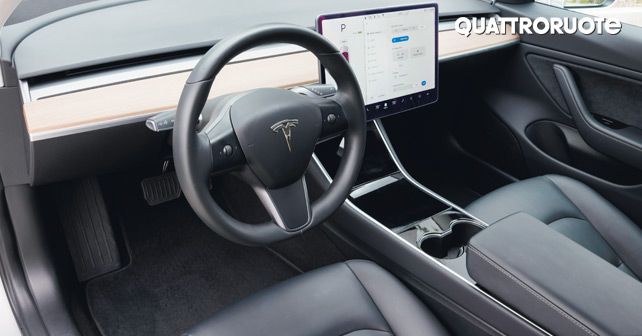
$35,000? Not really
Let’s begin by looking at the Model 3 within the context of its price. The initial promise of $35,000 seems to be an idea that has hardly anything to do with the reality. And the price of our test car, in Midnight Silver, confirms it – for it demands an additional $23,000 without tax credits. It’s not that models aren’t available at $35,000, they are, but they feature a standard battery, which will not be available for the next six to nine months.
So, in reality, the price begins at $44,000 for models with a 75kWh battery pack, which promises a range of 500 kilometres. And, from here, things go only one way in terms both equipment and price – and that’s up. If you want an interior as unique as the car itself, you must spend an extra $5,000 for the Premium upgrades pack, which includes electric heated seats, high-quality audio, a tinted glass roof and a myriad of connectivity options. And, if you want the Autopilot suite with Level 2 autonomy – an irresistible feature of the Tesla – be ready to part with another $5,000. And add to that an extra $3,000 if you want your car to be upgrade-ready for future developments in autonomous driving. And let’s not forget the additional $1,500 for the 19-inch wheels and $1,000
for delivery.
To give you a ballpark figure, the Model 3 that we drove in California was a single-motor variant and it had an on-road price of $58,000, not including $10,000 worth of tax credit ($7,500 federal, which means that it will soon disappear, and $2,500 local). Now, the starting price of the Model 3 with all-wheel drive is $53,000, and if you opt for the Performance version, well then be ready to relinquish a total of $64,000. To be honest, it all seems quite detached from the promises made in March 2016, when the car was first unveiled.
Tablet factotum
Now, a $58,000 price tag not only positions the car in a segment that’s quite beyond the reach of the general public, but also raises the bar of expectation. But, as you enter the car, you can’t help but be confused and disappointed by the vehicle’s unprecedented minimalistic look, especially given its price range, wherein opulence is often perceived as a mark of quality.
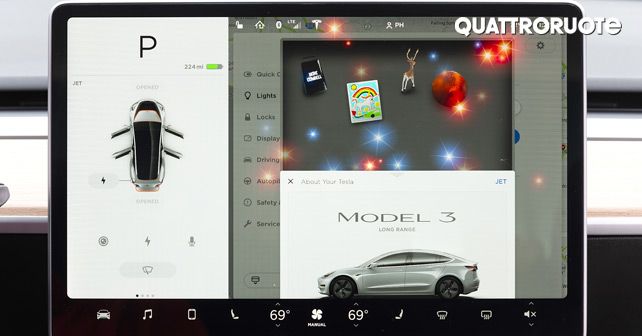
First things first, there is no dashboard, or let me rephrase that – the dashboard is an enormous 15-inch central tablet, through which you can control everything. There’s not even a single button here. The gear shift is on the steering column, which also manages the Autopilot function. The steering wheel spokes host two scroll-wheels, the functions for which change based on the requirement – you can even adjust rear windows and steering column through them. The air vent is seemingly invisible, for it sits in the long horizontal slot that runs the entire length of the dashboard and, of course, can be controlled via the tablet. The result is an absolutely clean appearance, which can be a bit disappointing for those who are used to the opulence of German cars.
An efficient use of the central display – as is often the case with smartphones – requires a pre-driving session to set up different possible configurations, for, while driving, it’s quite easy to get distracted. Speaking of smartphones, they are essentially integrated in the Tesla formula – through an app, you can control (even remotely) a series of fundamental functions. For emergency situations, there’s also a key card that allows you to open the doors and start the engine. But, if you happen to forget it inside the vehicle and your phone chooses that particular moment to lose connectivity, well then, in all possibility, you're screwed.
The driving position is quite impressive – the steering wheel is small and placed a bit low. The quality of components is more than satisfactory, which makes it difficult to understand the controversy regarding the use of subpar components – maybe the car we drove was one of those hand-crafted units. There are a few things that could do with a bit of improvement though. For instance, the covers on the central console that hide the charging sockets for smartphones could have been better.
Low centre of gravity
With a full charge, the car shows a range of 501 kilometres, which is indeed impressive. And while crawling in the terrifying traffic of Silicon Valley, we realise that we’re driving a car that’s unusually agile. In fact, it’s more agile than the Model S. And it’s not just the acceleration – which, incidentally, is terrific and gives you that familiar feeling of immediate and powerful thrust that’s typical of electric vehicles (0 to 100km/h in just over 5 seconds is quick enough to embarrass most of the ubiquitous American V8s) – but it’s also the quickness with which it attacks corners without ever giving you a reason to doubt its stability.
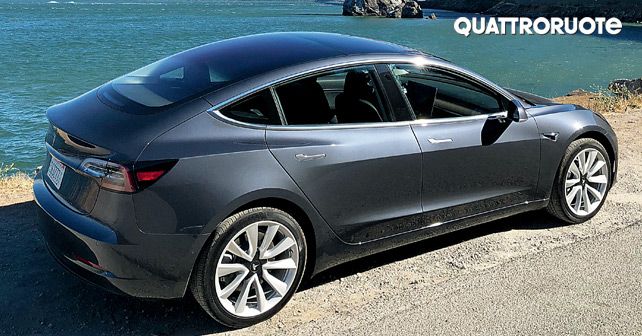
True, it’s not an Alfa Romeo Giulia, but the way it handles is really a thing of beauty in itself. The intense research done on electronics is quite apparent. You have the option of turning off the traction control but not the ESP, which is always on – probably to prevent the driver from getting carried away and failing to control the oversteer. The car has the center of gravity of a sports coupe, thanks to the positioning of the battery unit. On the roads leading to Pacific Coast Highway, the Model 3 gave us an extraordinary driving experience, even on the most demanding roads, especially once we began to understand the way the regenerative braking works – when released, the engine braking is so evident that it makes entering a corner too abrupt, and therefore it’s better to avoid it to have a more fluid experience in corners. But, while cornering, you also realise the limitations of the seat – thigh support is too limited and, more importantly, there’s no lateral support. Shock absorption could have been better too – the rigid setup and the low-profile tyres (mounted on 19-inch wheels) affect the rear end of the vehicle, and the tyre noise compromises the quite experience of a fully electric vehicle.
Finding a supercharger
Once we reached San Francisco – after a drive of around 320 kilometres – the charge indicator fell below a third of the total range. Surprisingly, in the economic capital of the state, superchargers were scarce. But that’s not all! Destination chargers – secondary charging stations – are normally owned by hotels and restaurants and, therefore, are reserved for their customers. So, we decided to play safe and head south, towards Silicon Valley, to San Mateo. The car navigation provides directions to free charging stations – an indispensable feature indeed. Between the two superchargers located a few kilometres from each other, we could only find a single available spot. We couldn’t help but think that once electric vehicles will become more common, the problem of not just finding a charging station but also a free charging spot will become a big one. Also, the more the number of cars, the longer the charging time of a car because of the inevitable distribution of power amongst the cars. While charging nine other Teslas, it took almost one-and-half-hours for the Model 3 to regain 480 kilometres of autonomy. The cost metre displayed approximately $13, which means that a full recharge of 500 kilometres, at 26 cents per kWh – the tariff changes according to the state – would cost more or less $20.

Let’s now talk about the autopilot system. It’s not difficult to recall controversies surrounding autopilot, given the number of accidents – some even fatal – that involved Tesla vehicles. According to the investigations, the main reason for these accidents was the extreme confidence of the drivers, which had its root in Musk’s statements regarding the magical qualities of the autopilot system, which in reality don’t exist. The system on the Model 3 works very well, in spite of the absence of a Lidar sensor. At all times, it remains perfectly centred in the lane, and if the driver ignores the loud signals asking him or her to control the steering wheel, the entire system gets deactivated – making it impossible to restart.
Excellent incentive
The Model 3 is, without a doubt, an excellent car, which offers some great solutions – regular over-the-air updates, strong connectivity, a self-drive system, driving dynamics without an inferiority complex and remarkable range. However, we can’t deny that its price, and, consequently, its positioning, will be a key factor in deciding whether it can be mass marketed. At $35,000, a high-performance electric vehicle with a range of 450 kilometres would have been a revolutionary offer. But, at almost $60,000, things get a bit complicated. You see, this price range is crowded with high-end traditional models – making things a bit problematic for Tesla. Excluding those who will purchase it compelled by their ethical position, a great part of the success of the Model 3 will depend on the incentives offered. But the question is – is that really what Musk was aiming for?
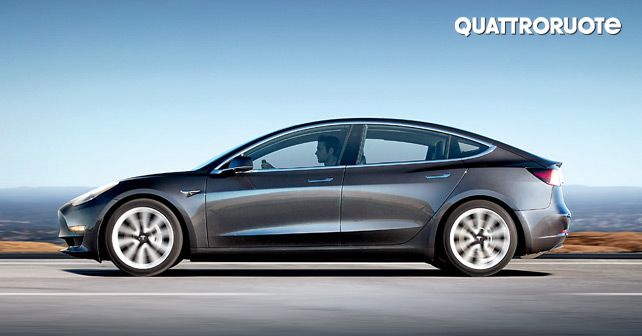
Its profile highlights the clean lines designed by Franz Von Holzhausen, who, in spite of his very German sounding name, is an American. Its blade-like handles don’t have a lock – the doors can be opened and closed either by a key card or through an app installed on the driver’s smartphone. The gearshift, which can also be used to activate Autopilot mode, is on the steering column.
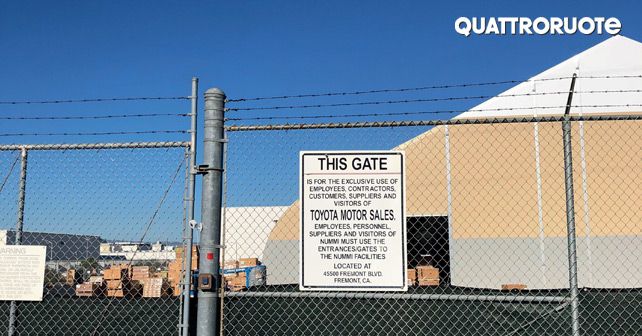
Magic Tent
On 16th June 2018, Elon Musk announced on Twitter that he had built a tent in Fremont in only two weeks to house an additional assembly line for the Model 3, named GA4. Obviously, it’s a much more complex structure than a typical tent, even if we discount its huge dimensions. From the outside, though, it doesn’t seem to be properly isolated from bad weather. Interestingly, its gates still have Toyota signboards, reminding us of the time when this manufacturing plant was called ‘Nummi’ and was jointly owned by the Japanese giant and General Motors.
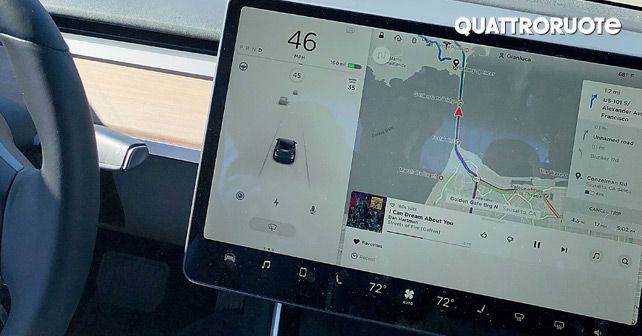
The heart of the Model 3 is a 15-inch tablet, which is the only way to control all the functions of the car. The navigation system is new and has been developed by Tesla to replace the previous system, and it also gives live traffic updates. Below, from the left – a scroll-wheel that controls several functions, and a couple of display screens for the HVAC controls.
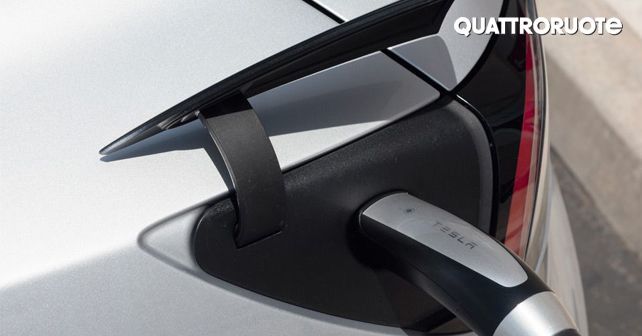
The lid that hides the charging socket is concealed in the side plastic shell of the left rear light.
© Riproduzione riservata
Data declared by the Company
Motor: Electric asynchronous three-phase, transverse rear mounted Max power not declared Max torque not declared
Battery: 75kWh Lithium-ion
Transmission: Fixed-speed gear unit Rear-Wheel Drive
Performances: Top speed – 224km/h 0 – 100km/h in 5.6s Range – 501kms
Accelaration: 0-100km/h – 5.2 seconds
Dimensions & weight : Wheelbase – 2,880mm Length – 4,690mm Width – 1,850mm Height – 1,440mm Weight -NA


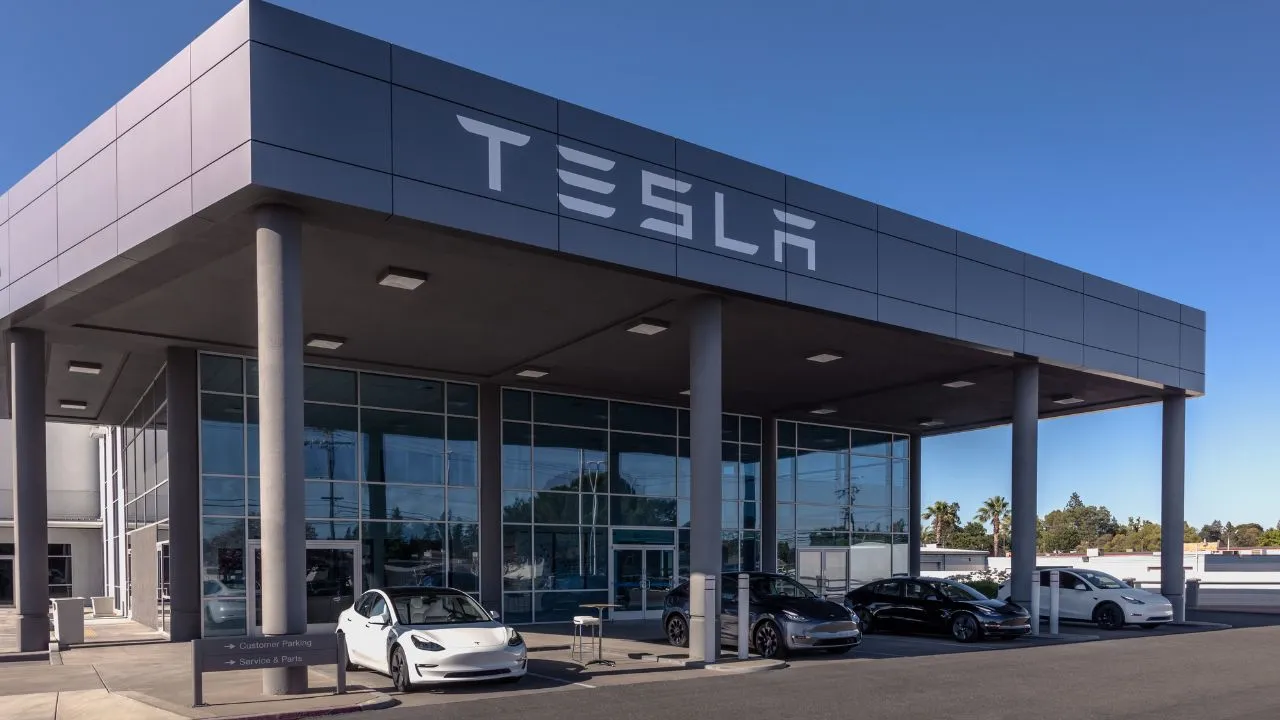

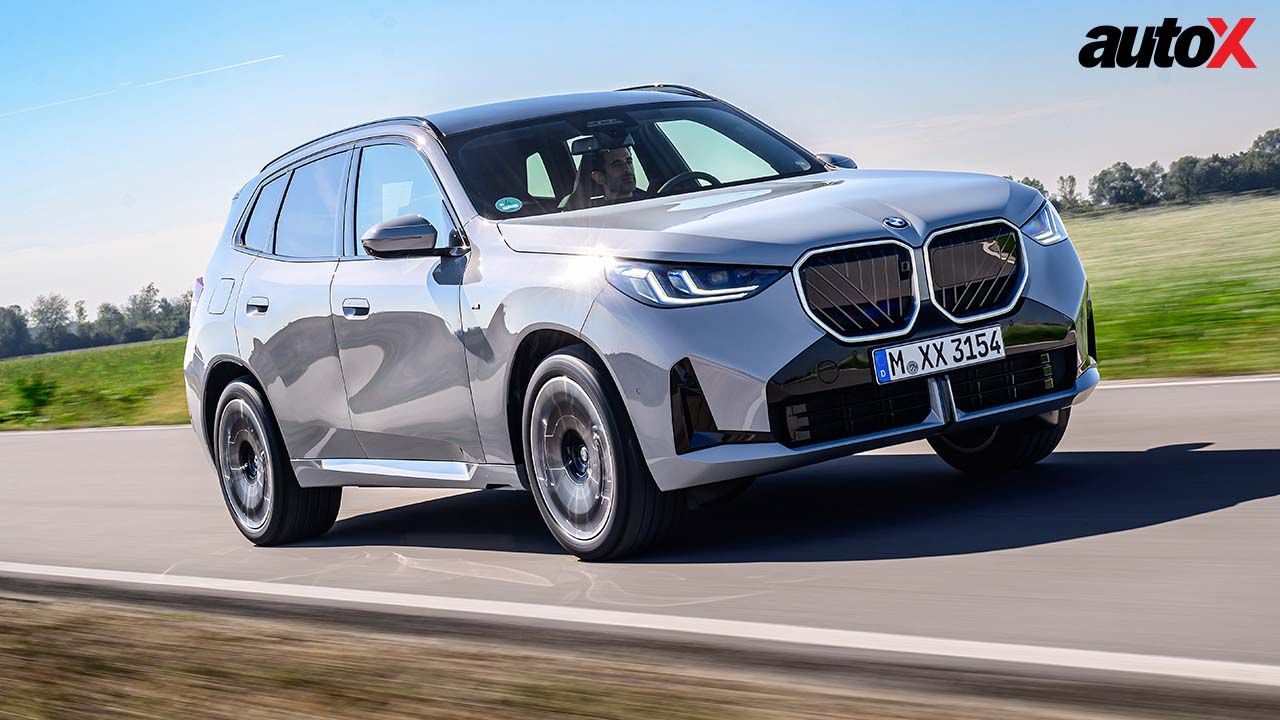
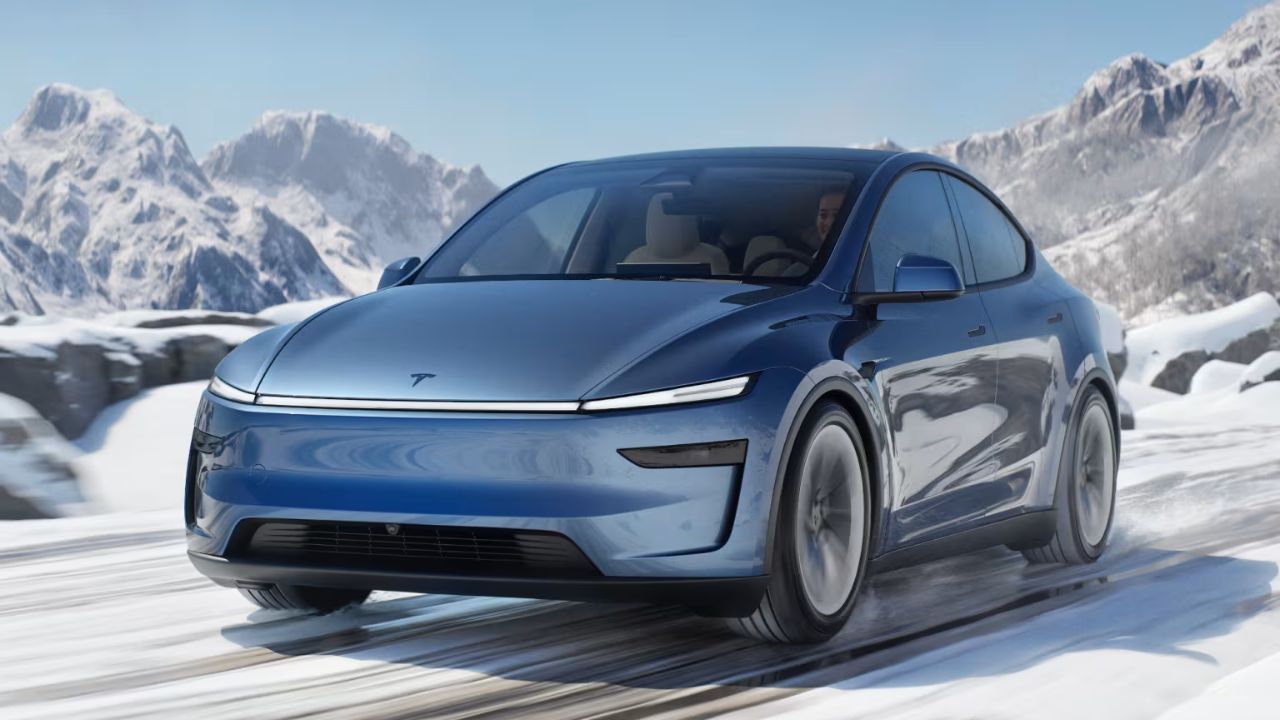
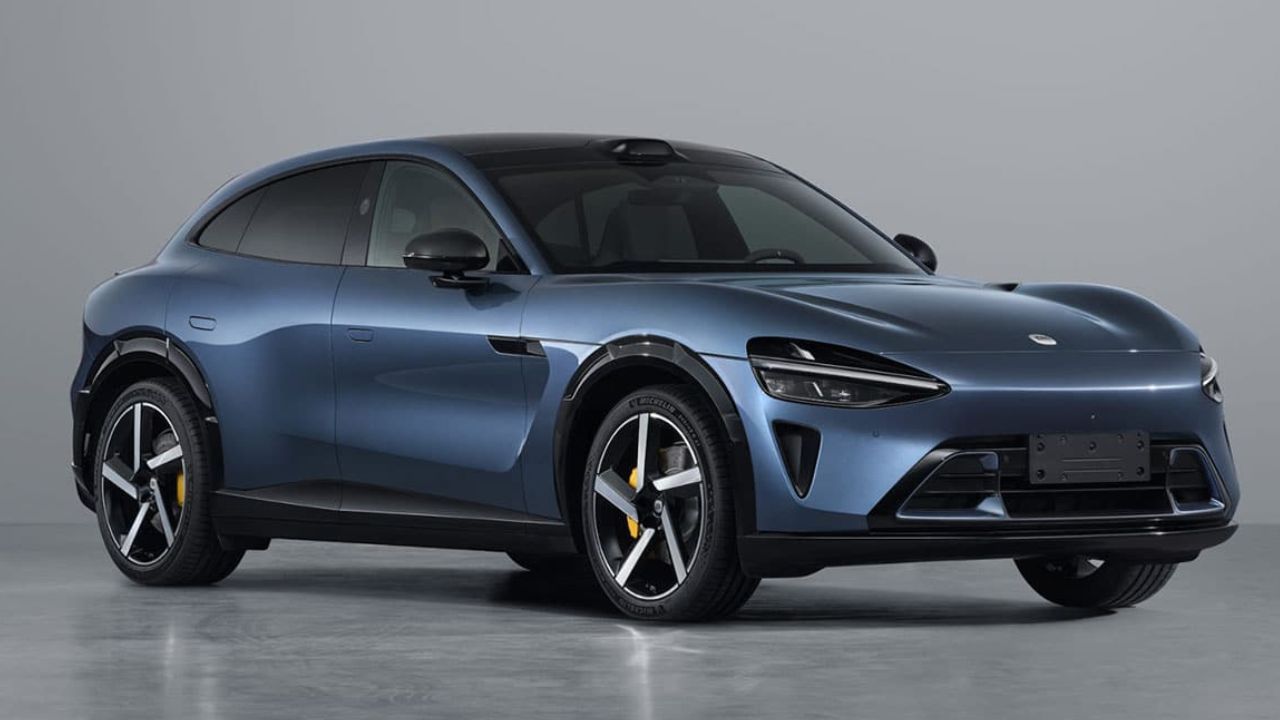





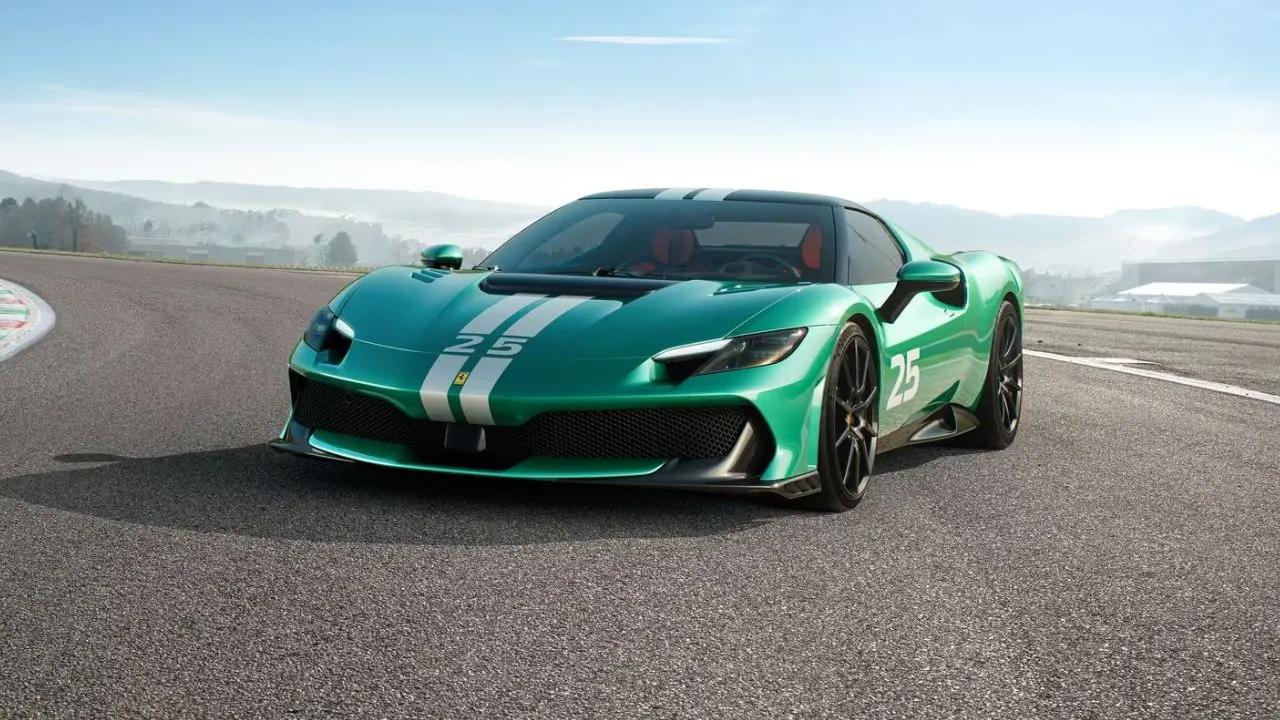
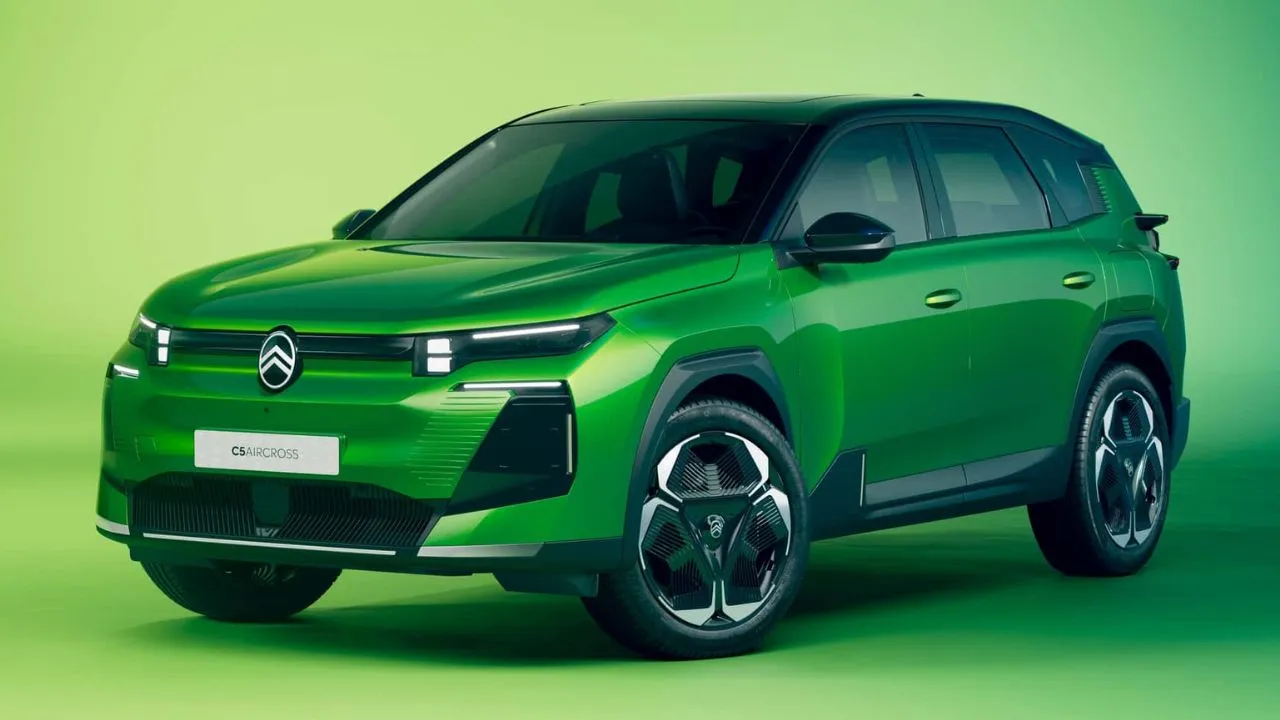

-(17).webp)
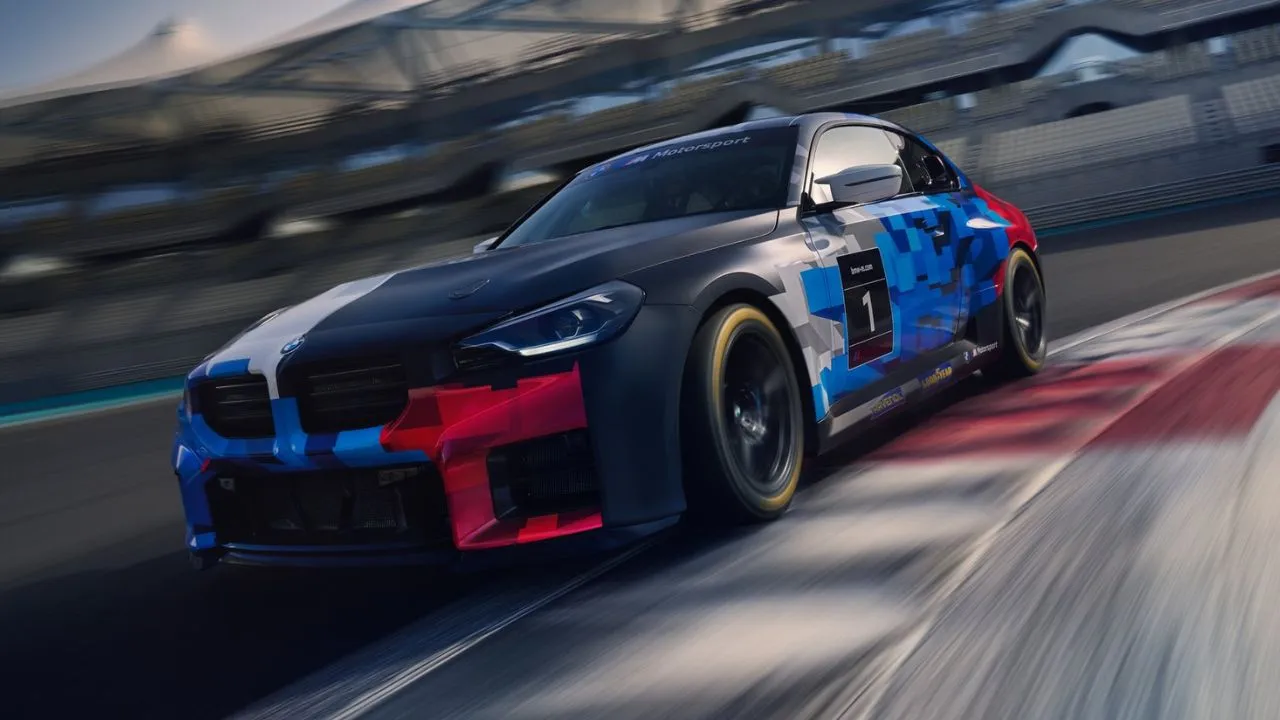
Write your Comment on